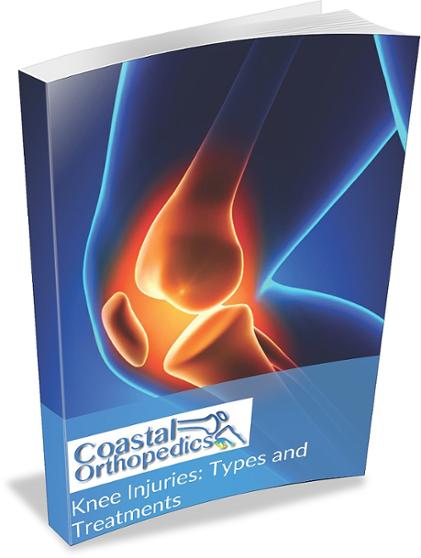ACL Injuries in Female Athletes: Awareness and Strengthening Exercises
June 2nd, 2016 | 5 min. read
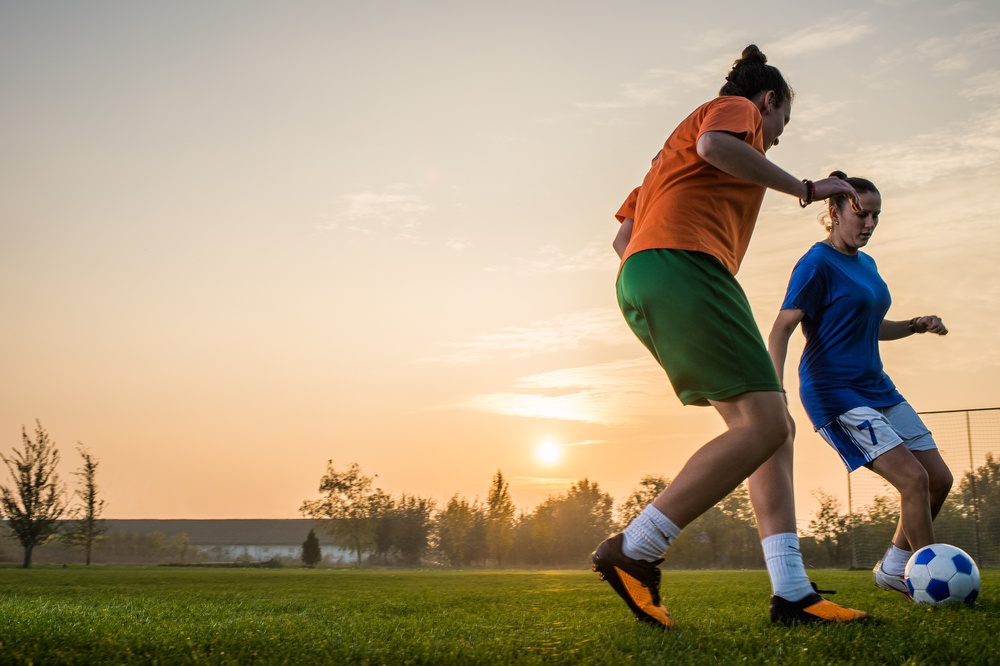
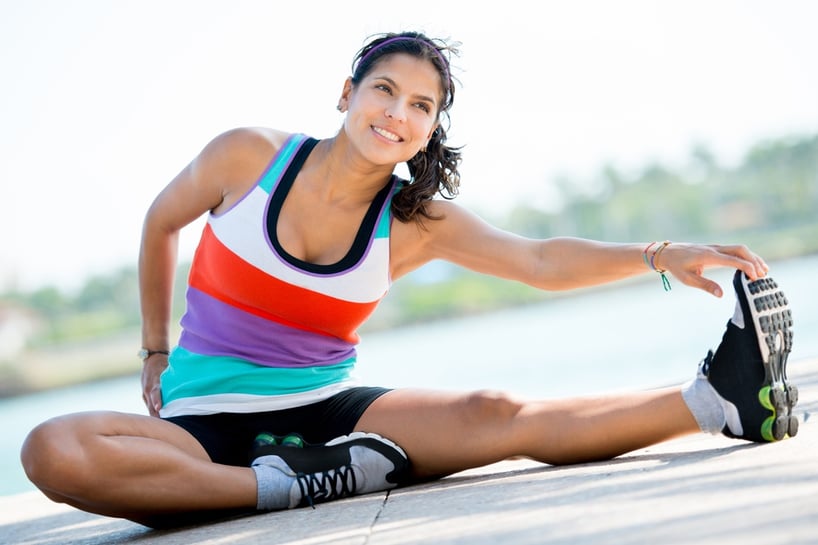
ACL injuries in female athletes are among the most common of all sports injuries. An estimated 200,000 Americans damage their ACLs every year, an injury which can bench athletes for up to six months or even a year. Female athletes over the age of 14 are particularly prone to injury — women and girls are 2 to 10 times more likely than boys and men to sustain an ACL sprain, tear, or rupture.
Why is this, and what can you do to be more aware of your risk?
How ACL Injuries Happen
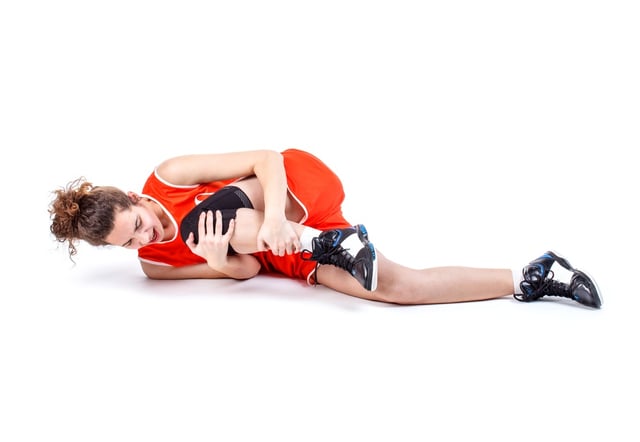 The first step in minimizing your risk of injury is to understand how ACL issues occur. ACL injuries are sprains, tears, or ruptures of the anterior cruciate ligament, which runs through the center of the knee and controls the forward movement and rotation of the shin.
The first step in minimizing your risk of injury is to understand how ACL issues occur. ACL injuries are sprains, tears, or ruptures of the anterior cruciate ligament, which runs through the center of the knee and controls the forward movement and rotation of the shin.
ACL injuries are most often (about two-thirds of the time) sustained in non-contact situations, when making sudden or awkward movements when the foot is planted.
If you've torn or ruptured your ACL during a practice or game, you may feel symptoms like pain, a loud popping in the knee, or your knee joint buckling or giving way when you put weight on it. You may also have trouble turning or twisting your leg.
Actions that can cause this injury include:
- jump landings (for example, after making a basketball shot)
- quick stops and sudden changes in direction (for example, evading an opponent on the field)
- pivots or twists (for example, when passing a ball)
Less frequently (about a third of the time), you may sustain ACL injury during collisions with other players or with objects; the wrenching motion of the knee getting twisted can lead to a sprain or tear.
Fast-moving sports with a lot of dodging actions or start-and-stop movements tend to have higher risk; athletes rarely hurt their ACLs when engaging in activities that don't involve a lot of sudden lateral moves or changes in speed.
If you're a long-distance runner, a cyclist, or a swimmer, for example, your risk of ACL injury is lower than if you play an interactive team sport like basketball.
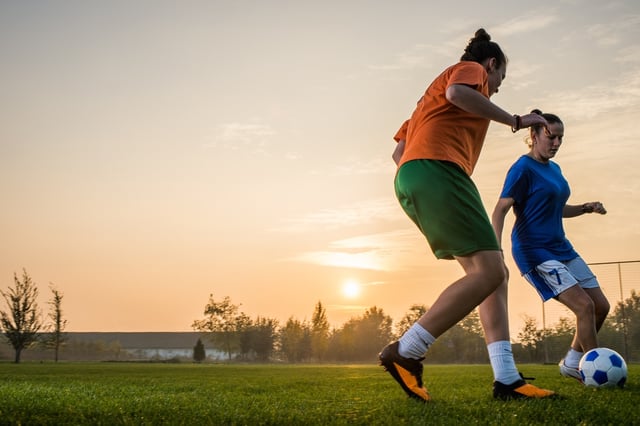
Women's sports where ACL injuries are commonly seen:
By some estimates, up to 80,000 female high school athletes sustain ACL injuries each year. The rate of knee injuries is thought to be high among school sports teams due to their competitive nature and aggressive play.
However, even professional and Olympic-level female athletes experience frequent knee injuries; several U.S. Women's National soccer team players (including Brandi Chastain) have sustained ACL injuries during their careers as athletes.
Basketball and soccer, with their frequent stops, jumps, shifts, and collisions, are the two women's sports most likely to contribute to ACL sprains or tears.
Other sports and activities with high rates of ACL injury among female athletes include:
- Aerobics (high impact)
- Dance
- Downhill skiing
- Field hockey
- Hockey
- Softball
- Tennis
- Track and field
- Volleyball
Often, an ACL injury can end an athlete's season prematurely or even require arthroscopic knee surgery.
Why Are Women More Prone to ACL Injury? (Theories)
Why do female athletes injure their ACLs more often than men? Many different factors may be responsible for the discrepancy.
Hormones
Some studies have indicated that fluctuating estrogen levels during a woman's menstrual cycle may affect the strength and laxity (looseness) of the ACL. However, this research is inconclusive.
Anatomy
- ACL size and shape. Women have a narrower intercondylar notch (groove in the femur) relative to their ACL size, which can cause the ACL to pinch during twisting movements, leading to tears. The ACL itself is also smaller, which may make women more prone to the effects of forces when performing jumps or lateral movements.
- Hip-to-knee alignment. The alignment of the knee relative to the hip (called the "Q" angle) changes how forces affect the knee joint. Pressure on the inside of the knee is greater with a wider Q angle. Because women have wider hips than men, their Q angles are greater, making them more susceptible to forces on the inner knee, particularly when landing. A pronounced angle or misalignment ("knock knees") may cause knees to bend inward when landing, increasing the chance of an ACL tear.
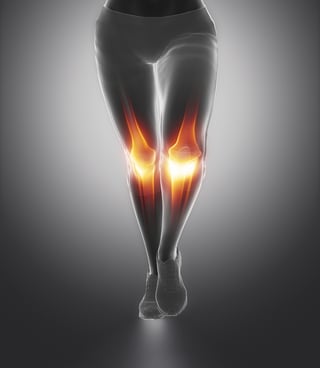
Biomechanics
- Cuttings and landings. Women athletes tend to cut and land differently, with locked knees or in an upright or flat-footed posture instead of on the balls of their feet. This may transfer force to the knee instead of the calf muscle.
- Ligament laxity. Research shows that women's ligaments have more give than men's and their muscle is more elastic. Generally, women are also more flexible than men. These conditions can allow the joints to move more freely under the pressure of forces, which can result in a higher likelihood of a torn ACL.
- Reflexes. Research suggests that the muscles that stabilize the knee fire more slowly in women. This millisecond of difference in contraction time may lead to a higher rate of injury.
- Strength imbalances. Compared with men, women tend to have a greater imbalance in strength ratio, favoring their quadriceps (front thigh muscles) over their hamstrings (back of thigh muscles). Women also tend to have less core strength than men, which affects the position of the center of gravity over the knees. Lastly, women and girls tend to have one leg stronger than the other. This asymmetry can affect body position when landing jumps.
Fortunately, awareness of these differences means you can train yourself to compensate for many of them.
reducing your risk: Techniques for helping to prevent acl injury
A few techniques may help to reduce your risk of ACL injury.
- Pay attention. Keeping your head in the game can help you stay aware of the direction of play and any hazards that may cause problems. If you can plan your moves in advance, you may be less likely to make a sudden move that can destabilize your knee.
- Learn to land jumps safely. Specially designed exercise programs and warm-up drills like the Prevent injury and Enhance Performance Program (PEP) and FIFA 11 can help female athletes learn to turn and land in a manner that may reduce risk of injury. Test programs with women's sports teams have indicated a dramatic reduction in ACL injuries when these drills are practiced regularly. (Ask your coach about these, or attend an ACL Awareness Seminar for an introduction to these drills and exercises.)
- Strengthen your legs. Performed regularly, programs like PEP and FIFA and neuromuscular exercises like the ones described below can also help to strengthen your gluteal, hip, and leg muscles. Strengthening your lower body can build muscle to absorb forces that might otherwise be transferred to your bones and ligaments. In conjunction with drills to teach you to move differently, strengthening your lower body and core can go a long way toward reducing your risk of tearing your ACL.
knee and leg Strengthening Exercises for Women
It's important to remember that there are no "ACL injury prevention exercises" that can fully guarantee you won't get hurt.
However, following a prescribed Neuromuscular Training (NMT) Program for a minimum of six to eight weeks may help minimize your risk of injury (studies show that NMT programs may reduce the rate of ACL injuries by up to 73%). NMT is a set group of kinetic and strengthening exercises that work together to program your body to move in different, safer ways.
NMT programs do this by:
- strengthening core and lower body muscles, creating greater stability
- training the nerves and muscles to contract more effectively, counteracting forces from movement and impact
- increasing awareness of balance and technique
By focusing on form while strengthening your lower body, you can improve your ability to balance and move in ways that help protect the knee joint from injury, including ACL tears.
Examples of Neuromuscular Training (NMT) Exercises
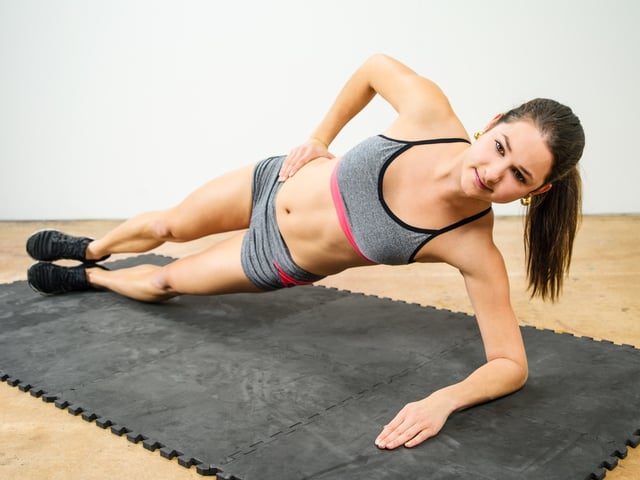
Side plank, pictured above
Below are a few sample NMT exercises you might learn in an ACL awareness and strengthening program.
- Core strengthening: Side planks, held for 30 seconds on each side, strengthen the gluteals and abdominals and improve balance.
- Lower body strengthening: Squats strengthen the gluteals, hamstrings, and quadriceps, creating greater stability in the lower body.
- Plyometrics exercises: Repetitive jumping or lunging forces the hip and leg muscles to contract, which increases their power. Switching legs helps to correct strength imbalances.
- Technique modification (drills): Performing drills like balance and speed training, with verbal feedback on form from a coach or instructor, can help to reinforce proper posture, body position, and movement.
Do you want to learn more about ACL injuries and prevention techniques? If you're a coach of a girls' or women's sports team or a female athlete yourself, you may be interested in Coastal Orthopedics' upcoming ACL Awareness Seminar in Corpus Christi. This seminar will introduce you to the basics of ACL injury awareness, including exercises you can practice to help minimize your risk of injury.
Article written by: Rob Williams, MD
Download the FREE 44 page eBook on Knee Injuries below:
Dr. Williams has been practicing orthopedic surgery in Corpus Christi since 1998. After graduating from Texas Tech hereceived his medical degree from the University of Texas at San Antonio. At the prestigious Campbell Clinic located at the University of Tennessee, Dr. Williams completed not only an Orthopedic Surgery Residency, but an additional year of Fellowship Training in Spine Surgery. Dr. Williams is dedicated to creating an excellent patient experience in the office or in the surgery suite.
Topics:

